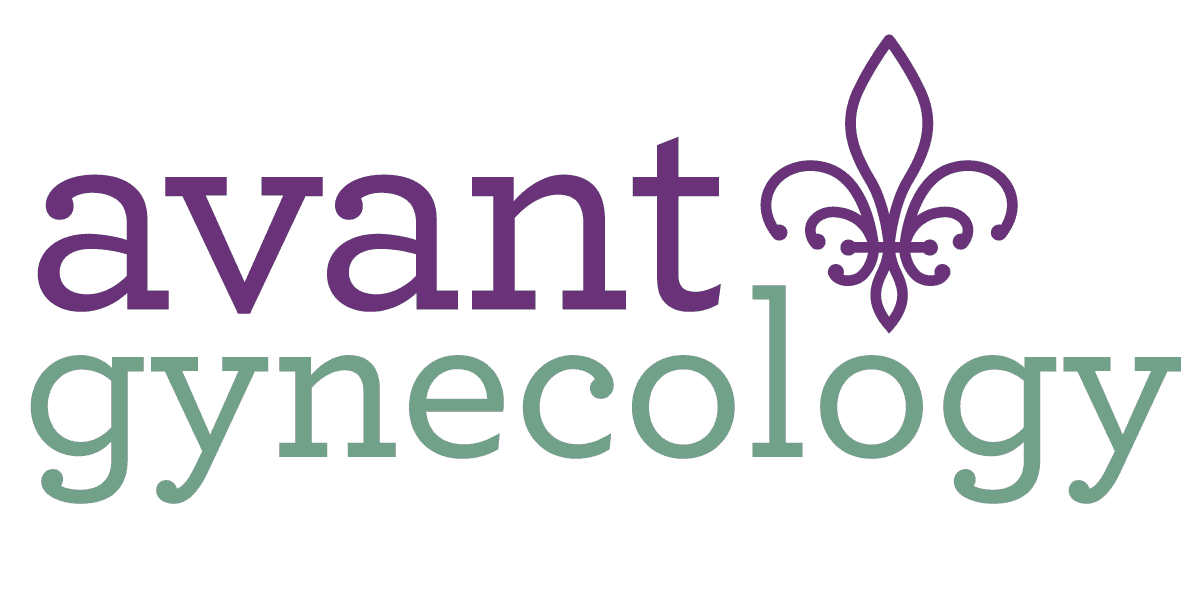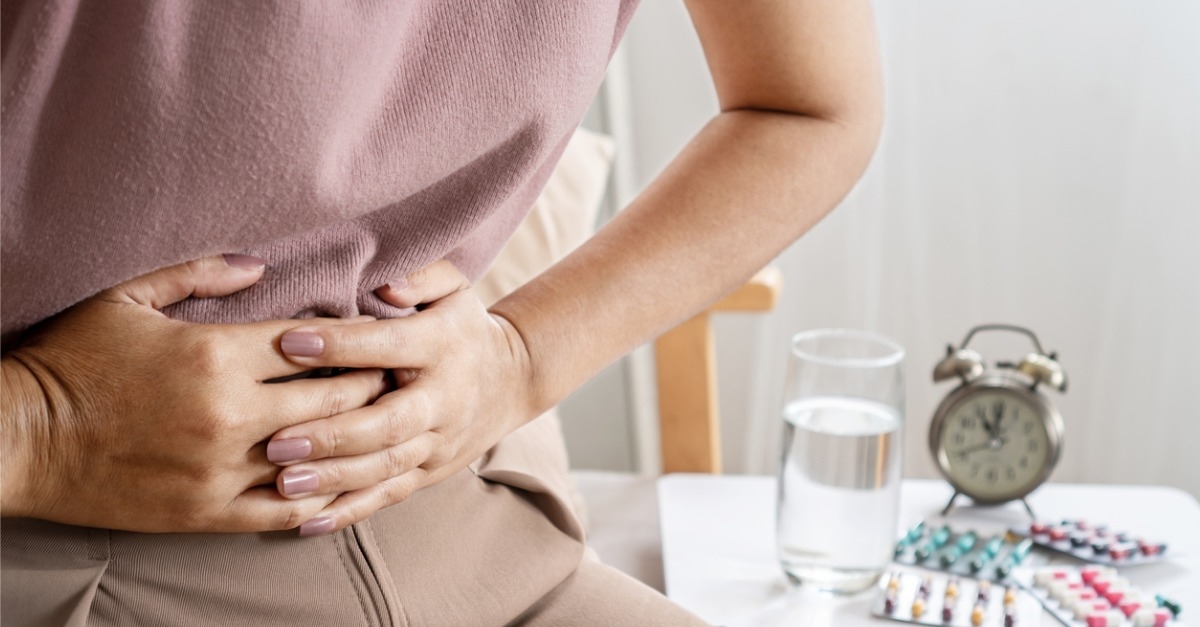The Basics of Ovarian Cysts
Ovarian cysts are fluid-filled sacs that form on your ovaries. Most types are harmless and go away on their own. Others are rare and may require treatment. Here’s a closer look into the different types of ovarian cysts, their causes, and treatment options.
Types of Ovarian Cysts
The most common types of ovarian cysts are known as functional cysts, which form throughout the menstrual cycle. There are two types of functional cysts: follicle cysts and corpus luteum cysts. Follicle cysts develop when the egg being released from your ovary grows in its surrounding follicle sac, but the follicle then fails to break open naturally to release the egg. In most cases, these cysts produce no symptoms and disappear on their own within three months.
Corpus luteum cysts develop when, after releasing its egg, the empty follicle sac fails to shrink back down to normal size. The sac fills up with fluid — which creates the cyst — but typically this type of cyst dissipates after several weeks.
Other less common but also benign types of ovarian cysts include endometriomas, which are caused by endometriosis, dermoids that develop from cells that are present from birth, or cystadenomas, a rare but potentially large type of cyst. It’s also possible to develop many cysts at once, which is a condition known as polycystic ovarian syndrome (PCOS).
Symptoms
Small ovarian cysts may not cause any symptoms. But larger ones can lead to issues like fluctuating pelvic pain, bloating, and pressure or heaviness in your abdominal region. Rarely, cysts can rupture, causing severe pain and pelvic bleeding. Large cysts can also lead to ovarian torsion, in which the ovary moves out of place and leads to painful ligament twisting. Regardless of the cause, should you experience sudden and intense pelvic pain, sometimes accompanied by vomiting or fever, seek immediate medical help.
Causes and Risk Factors
The primary cause of functional cysts is your menstrual cycle, though others can be caused by underlying conditions such as endometriosis or PCOS. There is some data that shows a genetic predisposition for some dermoid cysts, but experts have long wondered if other risk factors also contribute to their development.
While there is currently no evidence to indicate that diet can aid in treating existing cysts, some studies have established a link between dietary patterns and cyst development. Specifically, saturated fat, including that found in cheese and red meat, has been linked to an increase in cyst development, whereas green vegetables have been associated with a decreased risk. The type of cyst you have may help determine whether dietary changes will help or not. Eating small, frequent meals could help control cyst development as a line of defense for PCOS, for example.
Ultimately, the combined team of your family doctor and your gynecologist can make recommendations for diet and other lifestyle changes that may alleviate ovarian cysts.
Treatment
Treatment of an ovarian cyst will depend on its type and size. “Sometimes, watchful waiting is the best option,” says Dr. Lynley Durrett. “In this approach, you’ll receive routine ultrasounds to see if the cyst shrinks or disappears over time.”
Hormonal birth control could also be used to prevent further cysts from forming, though it won’t address a preexisting cyst. Surgical removal such as minimally invasive laparoscopic surgery may be recommended for a cyst that’s actively growing and causing discomfort.
If you suspect that you could have an ovarian cyst, or have other gynecological symptoms you’d like to discuss, schedule a visit with Avant Gynecology. Our compassionate clinicians are easy to reach by requesting an appointment online or calling 404-352-2850.



